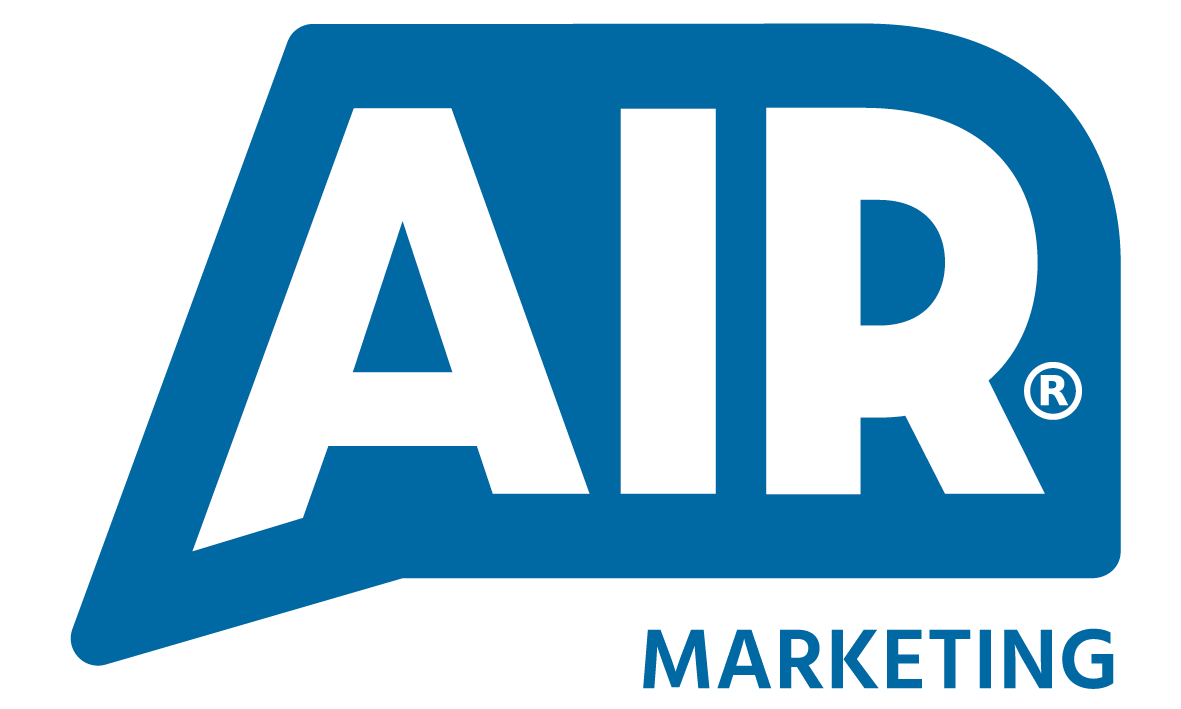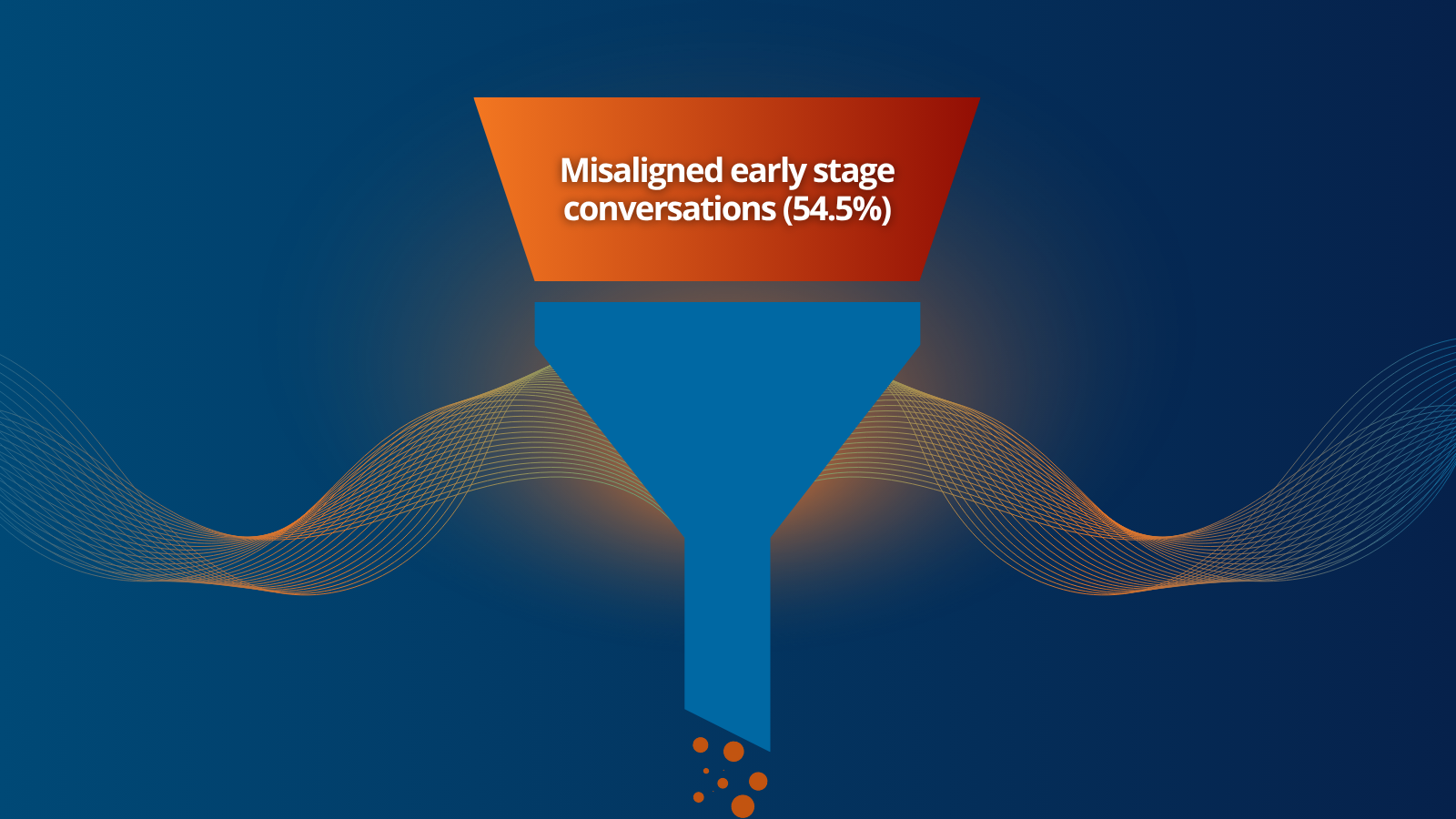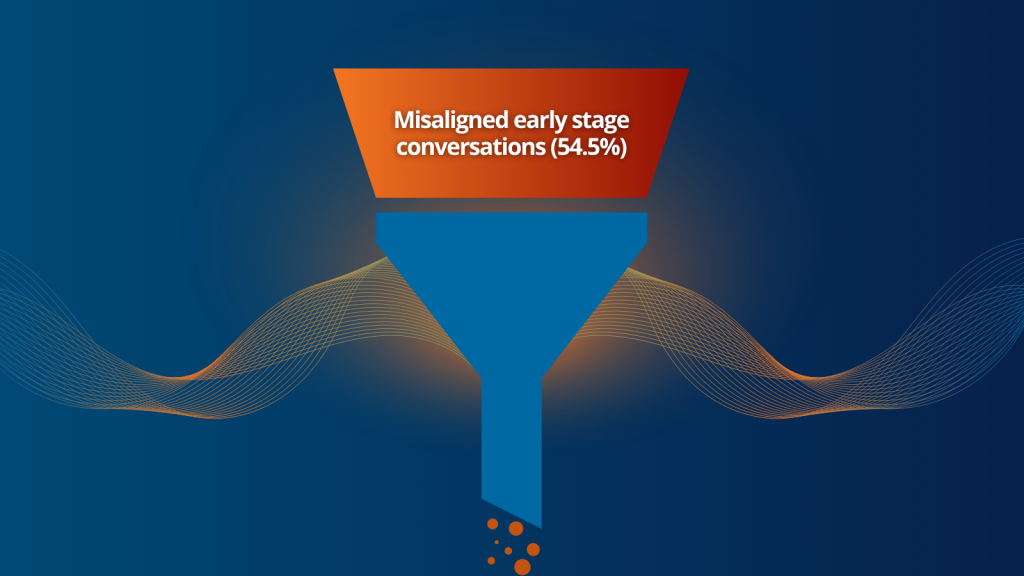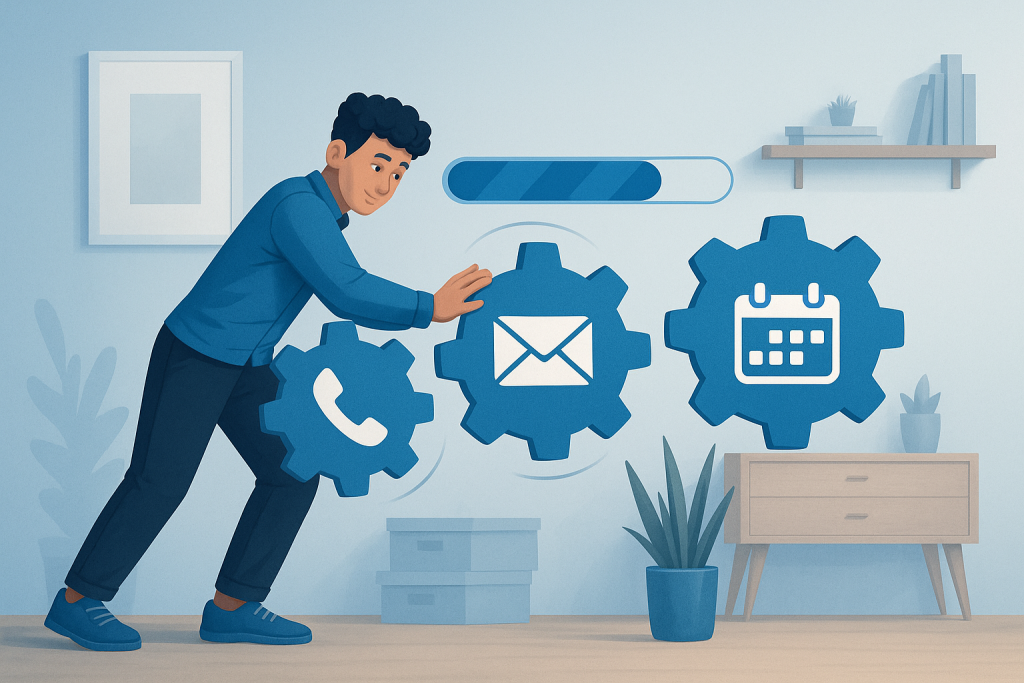
What Top-Performing Sales Teams Do Differently With Their Process
By Shaun Weston, Head of Technology & Sales Optimisation at Air Marketing
Every business invests in training, tools, and targets. But the teams that genuinely outperform have something less visible yet far more powerful: an operational discipline around how they sell. It’s quiet, systematic, and often overlooked – but it’s the reason their numbers look the way they do.
Most sales functions believe they have a process, but what they actually have is a collection of habits, preferences, and inherited ways of working. Top-performing teams see it differently. They build a sales process with the same precision an operations team would bring to a factory line – something measurable, repeatable, and continuously improved, not something left to interpretation or personal style.
What the Best Teams Do Differently
1They define a single, clear sales process everyone actually follows
High-performing teams don’t let each salesperson “interpret” the process. They eliminate variability. There’s one process, one language, and one standard for qualification, progression, and forecasting. Consistency makes performance measurable – and therefore optimisable.
2They document every stage of the customer journey
Not in a dusty playbook. Not in someone’s head. The journey is clearly mapped, kept live, and updated as markets evolve. When information is accessible and current, new hires ramp faster and experienced reps operate with fewer assumptions.
3They use qualification frameworks rigorously
Whether it’s MEDDIC, SPICED, or a tailored model, top teams treat qualification as a discipline, not a box-tick. They don’t waste cycles on poor-fit opportunities. They allocate time where the probability of revenue is real.
4They build their sales process around how customers decide
Average teams design processes around internal preference. High-performing teams design around buyer reality. They understand decision journeys, risks, buying committees, budget cycles, and internal politics – and they align their process to it.
5They track pipeline health using leading indicators
Lagging metrics tell you what already happened. The best teams focus on early signals: activity quality, progression speed, conversion ratios, meeting show rates, and deal ageing. They fix issues before the quarter is lost.
6They measure stage-by-stage conversion rates
If you don’t know where deals stall, you can’t improve. Top teams treat the pipeline as an operational system. When a stage leaks, they interrogate the root cause – messaging, skill gaps, ICP mismatch, missing proof points – and they fix it.
7They coach weekly using real calls and real data
Not generic check-ins. Not motivational chatter. Practical coaching based on call reviews, objection analysis, and win/loss insights. The goal is behavioural change that compounds over time.
8They inspect CRM usage – and make it useful
A CRM only feels like a burden when it’s poorly designed. High-performing teams build workflows that genuinely help reps: automated tasks, clean views, and minimal friction. They inspect usage not to police reps, but to ensure data stays accurate enough for operational decisions.
9They align sales and marketing around messaging and handovers
When these functions drift, performance suffers. Top teams maintain tight alignment on ICP definition, campaign themes, qualification standards, lead handling, and feedback loops. Buyers encounter consistent messaging at every stage.
10They automate the repetitive work
Admin isn’t selling. The best teams automate scheduling, reminders, data entry, enrichment, qualification scoring, and follow-up tasks. The aim is straightforward – more selling time without more headcount.
11They refine their process continually
Sales improvement isn’t a quarterly initiative. It’s ongoing operational work. Top teams run short optimisation cycles, test new approaches, update documentation, retrain reps, and enhance workflows. Their process evolves with their market.
The real difference?
High-performing teams don’t assume the process works – they ensure it does. They operate with transparency, discipline, and continuous improvement. They build a revenue engine designed to scale.
Final thought
If your sales results feel inconsistent, the issue rarely sits with individuals. It sits with the process they’re operating inside. The teams that outperform aren’t just better at selling – they’re better at creating the conditions for selling to succeed.
If you’d like support assessing or strengthening your sales process, our team can help you map it, diagnose gaps, and build a more reliable engine for revenue growth.










